The Omni Parker House (formally the Parker House) is an institution in Boston. It’s the oldest hotel of the city, in operation since 1855, and one of the oldest operating continuously in the United States. And you can feel the years in every detail of the place. Its restaurant, called Parker’s Restaurant, is filled with mahogany panels, carpet floors and chandeliers that create an old time glow in the space.
JFK proposed to Jackie at Table 40 and Malcolm X was a busboy here in the 1940s and probably the space and cuisine have changed very little since then. I went on a Tuesday afternoon for brunch and my Eggs Benedict were served with a garnish from the 1940s: an orange slice that had a blot of hollandaise on a corner. The potato wedges were under seasoned and the eggs watery but I will admit the famous Parker House Rolls were as soft and buttery as you could wish for.
The mouse that peeked out from a nearby table also brought back an olden sensation. None of the other diners noticed the little rodent, though. The two old ladies by my side were packing up their leftover salad to go and the table in the middle of the room occupied by a middle aged couple was only disturbed by the waiter serving them more water. The parsimonious rhythm got only a bit more agitated when I mentioned the new guest to the maitre. Thanks to little Ratatouille, lunch was on the house.
What is the Boston Cream Pie
It’s not mice and soft rolls what got the restaurant famous on the first place, but a signature dessert. In 1865 chef Augustine François Anezin presented the Boston Cream Pie, a custard-filled cake with chocolate frosting on top covered with shaved almonds.
The dessert was a cake not a pie, though from a historical perspective both concepts were interchangeable, as current chef Gerald Tice explained to journalist Clara McCourt. “Originally, the cake was baked in pie tins,” he said. “But it’s really a sponge cake. That’s the base.” The recipe hasn’t changed much ever since, and it’s no secret. It’s a matter of making a sponge cake that will be cut into two layers and filled by a rum infused pastry cream, then topped by dark chocolate frosting with white chocolate icing accents. And don’t forget the toasted almonds around the outside! That’s what makes this version recognisable from all the others that fill the city.
The cake is so beloved locally that became the official dessert of Massachusetts in 1996, thanks in part to a Norton High School civics class who sponsored the bill.
The chocolate history of Massachusetts
Chef Anezin arrived in Boston from France in the mid-19th century equipped with beloved French recipes. He transformed the recently opened restaurant into a fine-dining destination, introducing specialities from his homeland and creating new ones with local ingredients. Such was the case of our pie in question, as it was one of the first times that chocolate was used in a dessert.
At that time, New England was one of the only regions of the country to have chocolate mills, which where located in Dorchester, Milton, and areas of Rhode Island. Other regions had to have their chocolate shipped from these mills, which was difficult and costly. Due to the rarity of its production, chocolate and any dishes or beverages that used it were available to a select few. Boston.com
America’s first chocolate mill opened in Dorchester, now part of Boston, in 1765. But chocolate had been in the region since mid 1600. According to Tangle Chocolate, “In 1670, Dorothy Jones and Jane Barnard received licenses to open coffee and chocolate houses in Boston, the first of their kind in America. Their chocolatey drink, called simply drinking chocolate, contained cocoa beans that were crushed, mixed with sugars and spices, and heated with boiling water”. These two ladies where the first women licensed to sell coffee and chocolate in the United States, and after their opening, more took place around Boston.
Drinking chocolate was considered a luxury, only reached by a few, but that changed when in 1765, Dr. James Baker and chocolate maker John Hannon founded “Hannon’s Best Chocolate”, the first chocolate mill in America. They produced hardened chocolate to be used for drinking or baking and it became widely popular. After Hannon disappeared in 1779 on a voyage to buy cocoa beans in the West Indies, his wife sold his part of the company to Baker, and he renamed it “Baker’s Chocolate”. A name that everyone in New England and beyond can surely recognize.
Many home-cooks used Baker’s chocolate to make sweets and drinks, as did Ruth Wakefield, owner of the Toll House Inn, located in Whitman, MA. She would have been just another inn owner and cook if it hadn’t been for a happy accident in 1938 that put her name in history books. One day she was making a batch of Butter Drop Do cookies, a colonial recipe almost extinct nowadays of a buttery biscuit, when she run out of Baker’s chocolate. She decided to substitute this by cutting up a bar of Nestle’s semi-sweet chocolate, expecting the chocolate to melt into the cookie while baking. Instead, the chocolate stayed in chunks and the chewy, crispy and delicious chocolate chip cookies were born!
Under the name of “Toll House Crunch Cookies”, Wakefield’s discovery became a local delicacy and when major Boston magazines covered her story and Nestlé heard about this, he offered a deal that at the time made Ruth happy but was her loss: Nestlé printed the Toll House Cookie recipe on its package, and Wakefield received a lifetime supply of Nestlé chocolate. Nowadays surely she would have made sure to patent and trademark the invention!
A dessert with a moral conundrum
Chocolate was accesible to a greater variety of people and at cheaper prices in New England than in Europe as the cocoa, the raw ingredient, was available without the high transportation cost and import duties that Europeans had to deal with. Also, chocolate in North America was mass produced for an American market with machines that were made in America. The few production centers that existed were the exclusive suppliers of North-American market as almost no chocolate came from Britain or anywhere else.
Chocolate, along with coffee and tea, became a staple and a necessity. In the 17th century most of the cacao was grown in the Spanish colonies, so the other world powers like the English, the French and the Dutch fought over territories where tropical plants like the sugarcane and the cocoa tree could prosper. At the end of the Seven Years War in 1763, the English had control over several territories before on the hand of the French, such as the cocoa growing islands of Granada, St. Vicent, Tobago and Dominica.
As a result, the cocoa beans that New Englanders had access to mostly came from the West Indies. And even if chocolate produced locally was much cheaper than the one sold in Britain, there was a very high cost to it. The massive quantities of cocoa beans transported from the West Indies to New England where produced by the labour of people enslaved.
In the years leading up to the Revolutionary War, Parliament’s taxes on tea increased chocolate’s popularity in the colonies. To demonstrate their opposition to what they considered to be unfair acts of parliament, colonists boycotted taxed goods, including tea. Drinking chocolate not only became a convenient alternative, but also a sign of patriotism. Old North Church
Patriotic and wealthy men in Boston would go to drink chocolate in one of the city’s many chocolate houses (mostly run by women). They would discuss politics and business. Their wife’s would also make confectioneries out of chocolate at home for the family to enjoy. And many of the city’s chocolatiers were people of faith that expired their sins by being part of a congregation.
Several congregants were chocolatiers, turning cacao into chocolate blocks and drink. Among these congregants was Newark Jackson, for whom Old North’s historic chocolate shop was formerly named. However, recent research into previously inaccessible sources revealed that this involvement in the colonial chocolate industry also meant that these congregants, including Jackson, were participating in smuggling, human trafficking, and enslavement. In fact, historian Dr. Jared Ross Hardesty believes that no chocolate sold in colonial Boston was free of connection to enslaved labor. Old North Church
After 1865 upper middle class Bostonians could also enjoy a delicious chocolate dessert in the fine-dining restaurant of Parker House. That same year slavery was abolished in the United States, and it was 30 years after 750.000 slaves were freed in the British West Indies. But chocolate and sugar were already stained.
They are all things that were produced as commodities, often by enslaved laborers in colonial settings. And so they come with a whole host of ethical questions that we need to ask ourselves about as consumers even as we enjoy these sweet desserts, as though it’s a simple thing. They’re far more complex than they look on the plate.
Carla Martin, executive director of the Fine Cacao and Chocolate Institute for Boston.com
What led to the creation of the Boston Cream Pie, a cake invented by a French chef with locally produced ingredients (some like the sugar and the cocoa beans, originally from tropical lands) was not a path as sweet as the dessert. It is layered with history, patriotism and shame in equal parts.
And silly as it may seem, the little mouse running around Parker’s Restaurant that Tuesday afternoon created less of a sense of discomfort than the beautiful cake I was presented on an immaculate tablecloth.
Further reading:
GAY F. James, Chocolate Production and Uses in 17th and 18th Century North America
HARDESTY Jared Ross, Bittersweet Associations: Old North, Cacao Smuggling, and Slave Trading in 18thc. America, Old North Church
MENZIN Marion, The Sugar Revolution in New England: Barbados, Massachusetts Bay, and the Atlantic Sugar Economy, 1600-1700, Cambridge University Press (21 March 2024)
KANN Marlin, Cacao and Colonial Chocolate


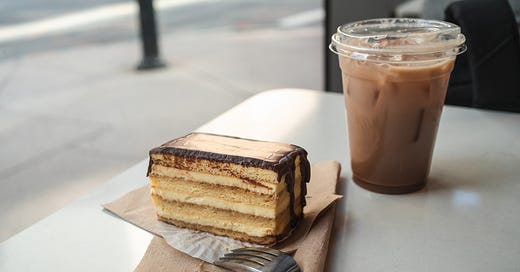


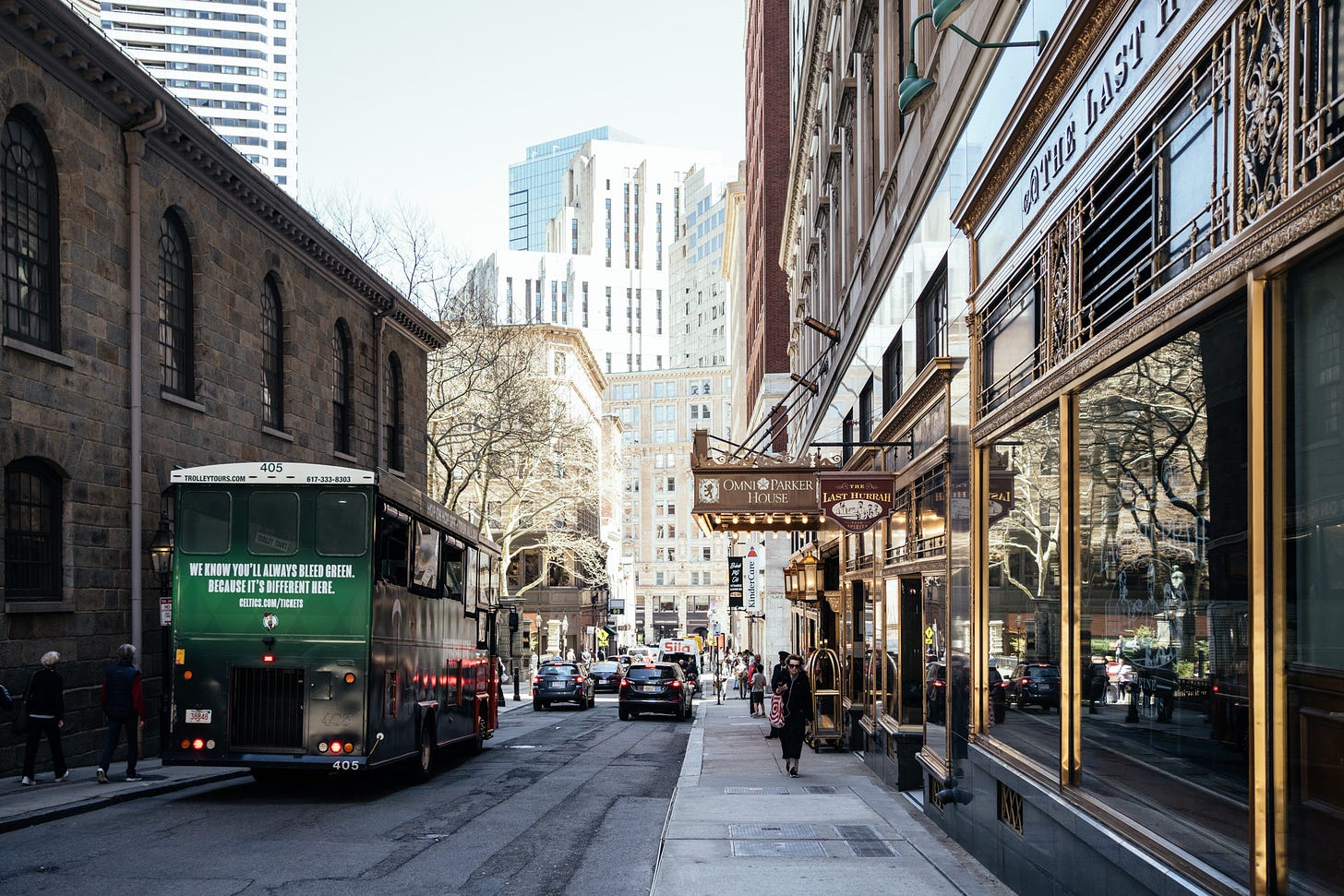
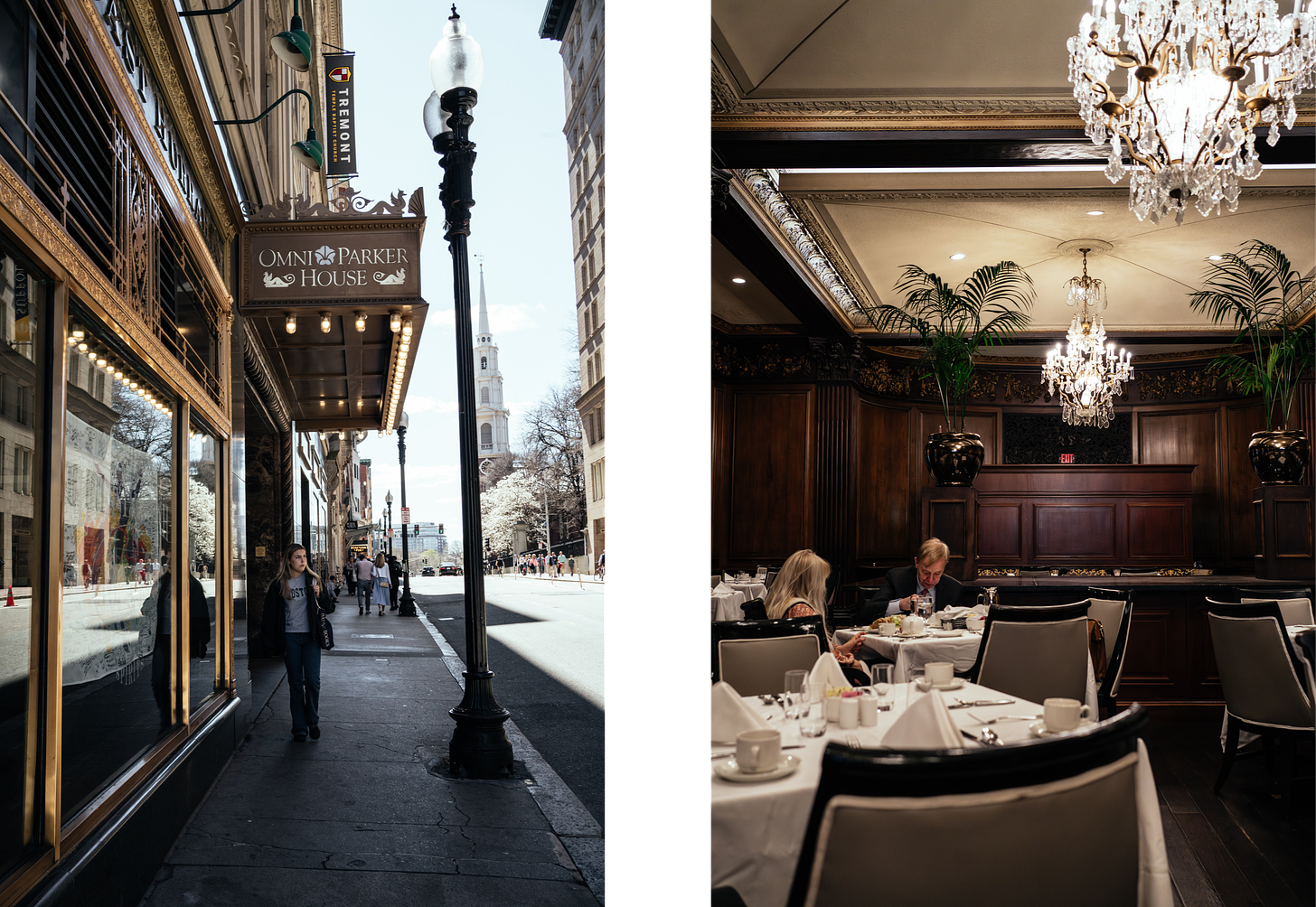

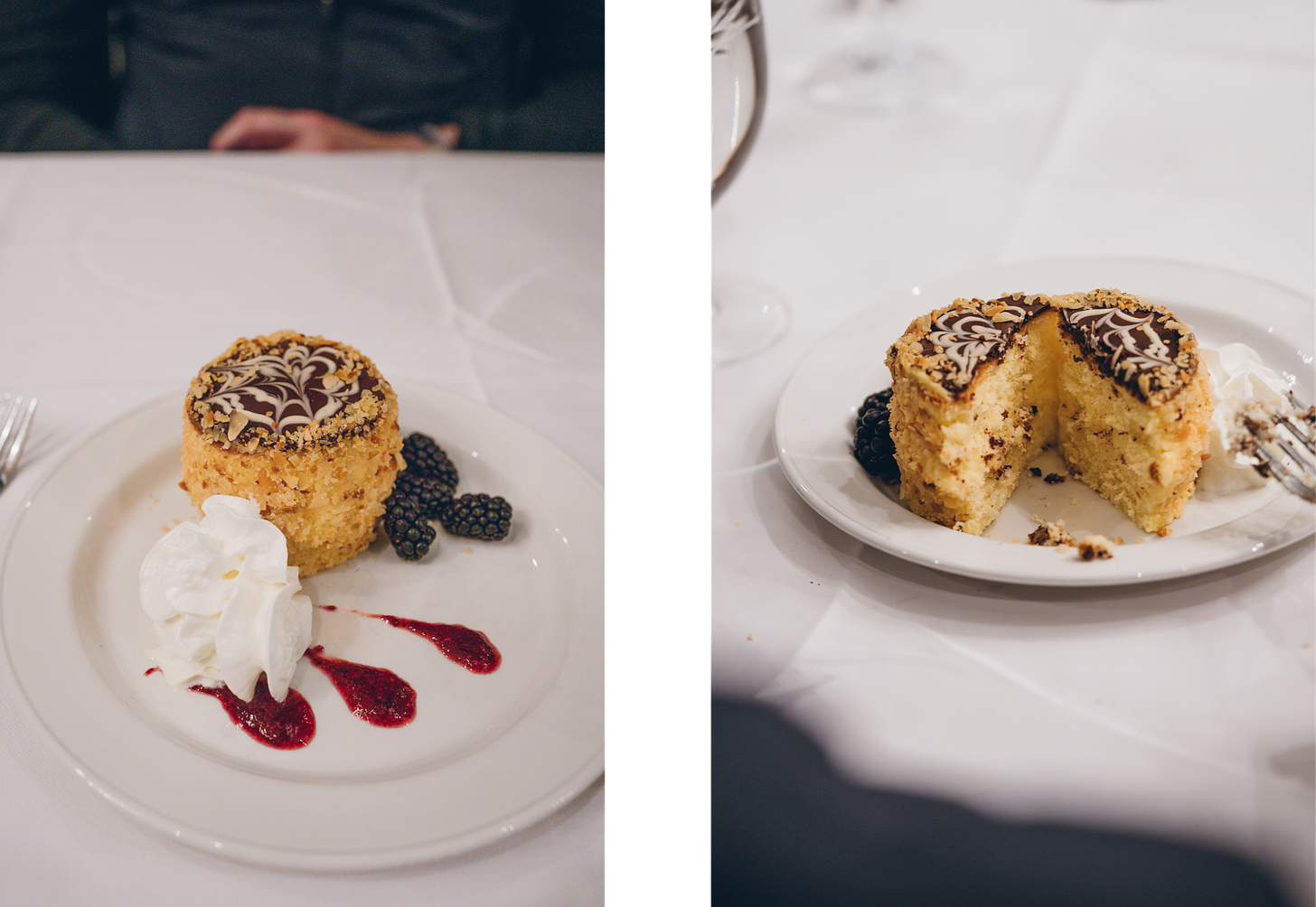
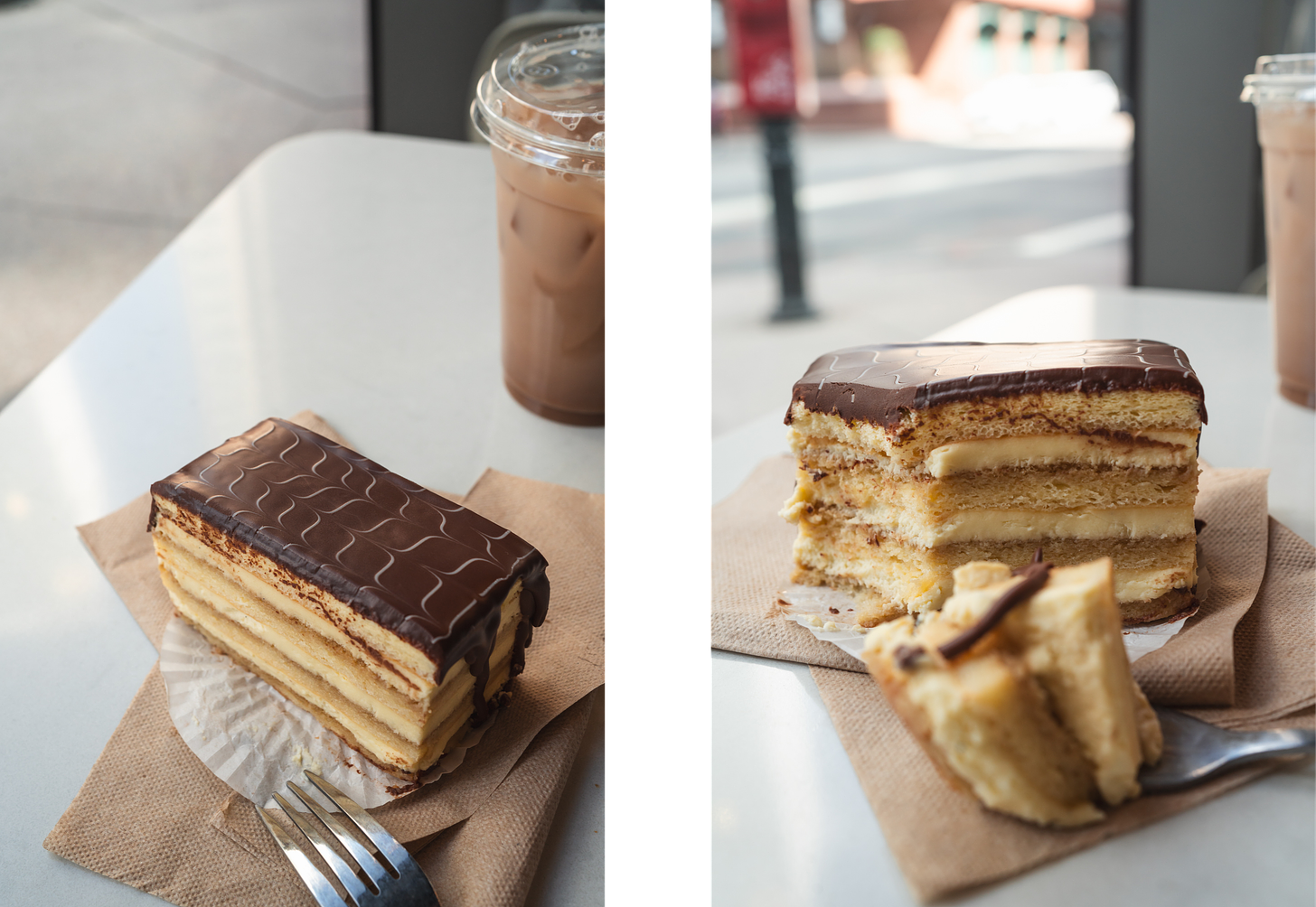
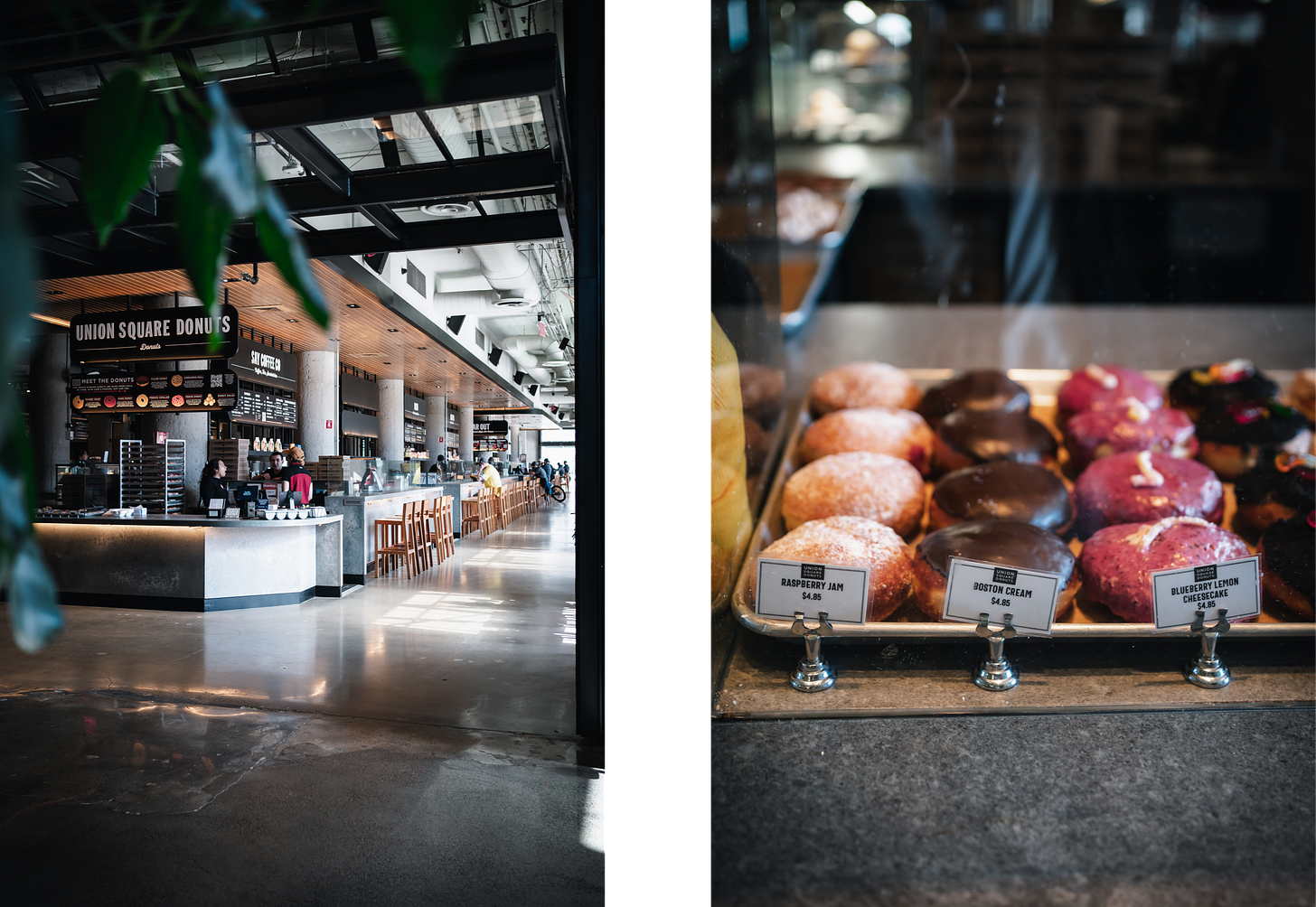
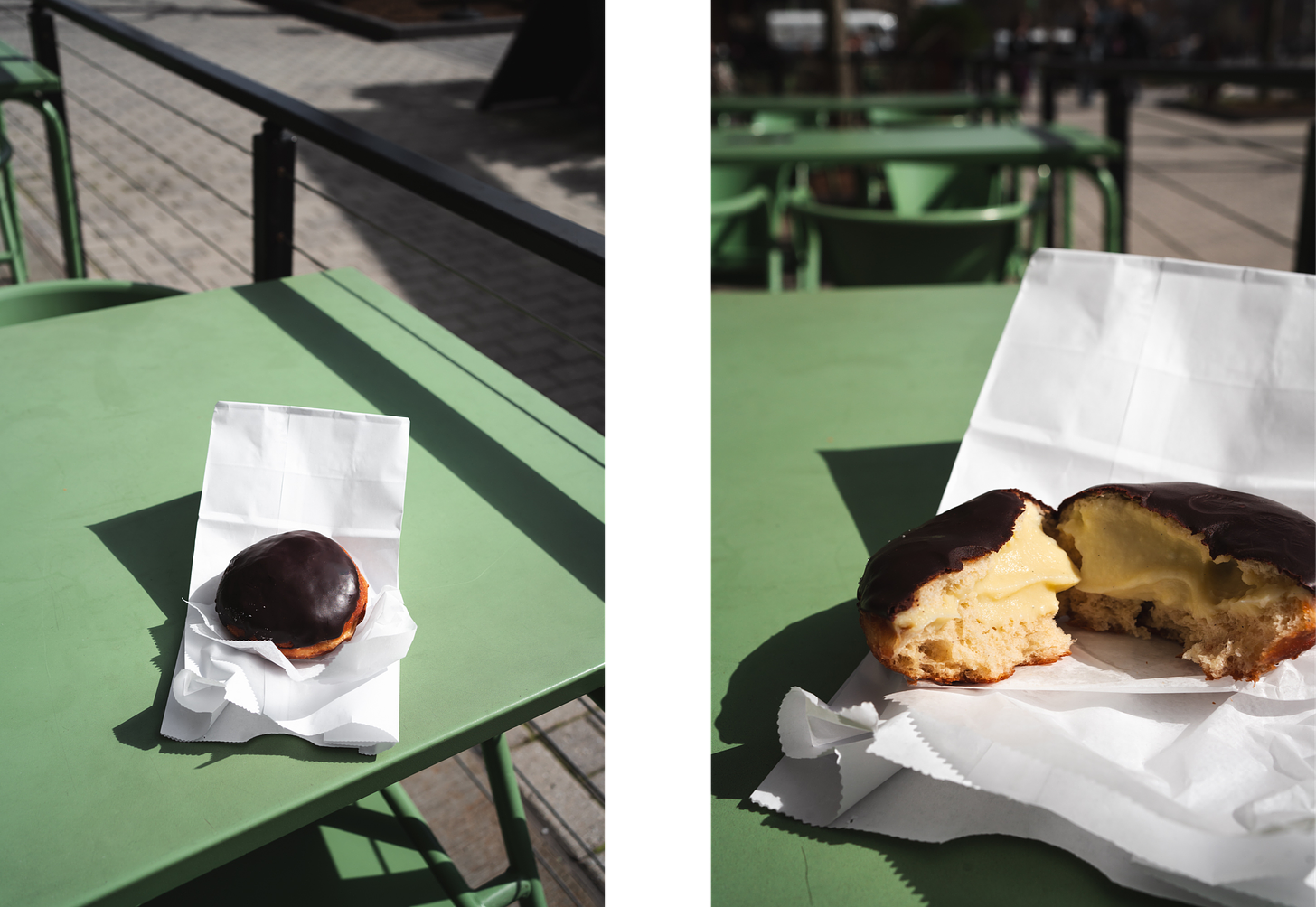
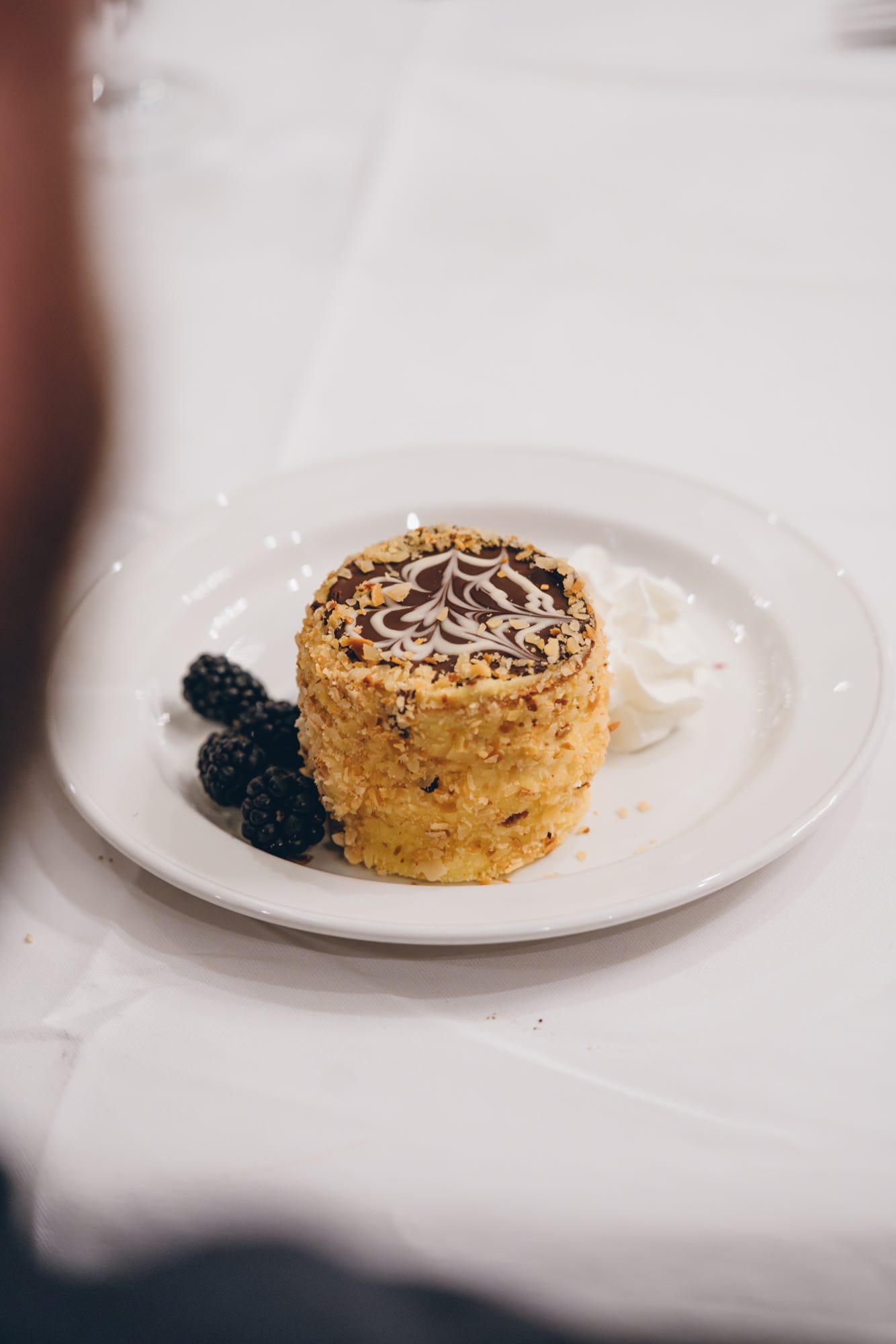
I loved this history. I’ve been to The Parker House and thankfully missed the mouse.
I really enjoyed reading this. "It is layered with history, patriotism and shame in equal parts" is such an eloquent way to summarize the history of the Boston Cream pie. Looking forward to your next writing piece on food history.